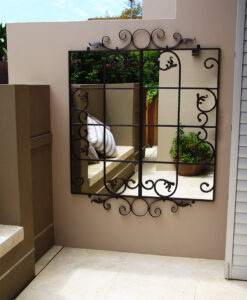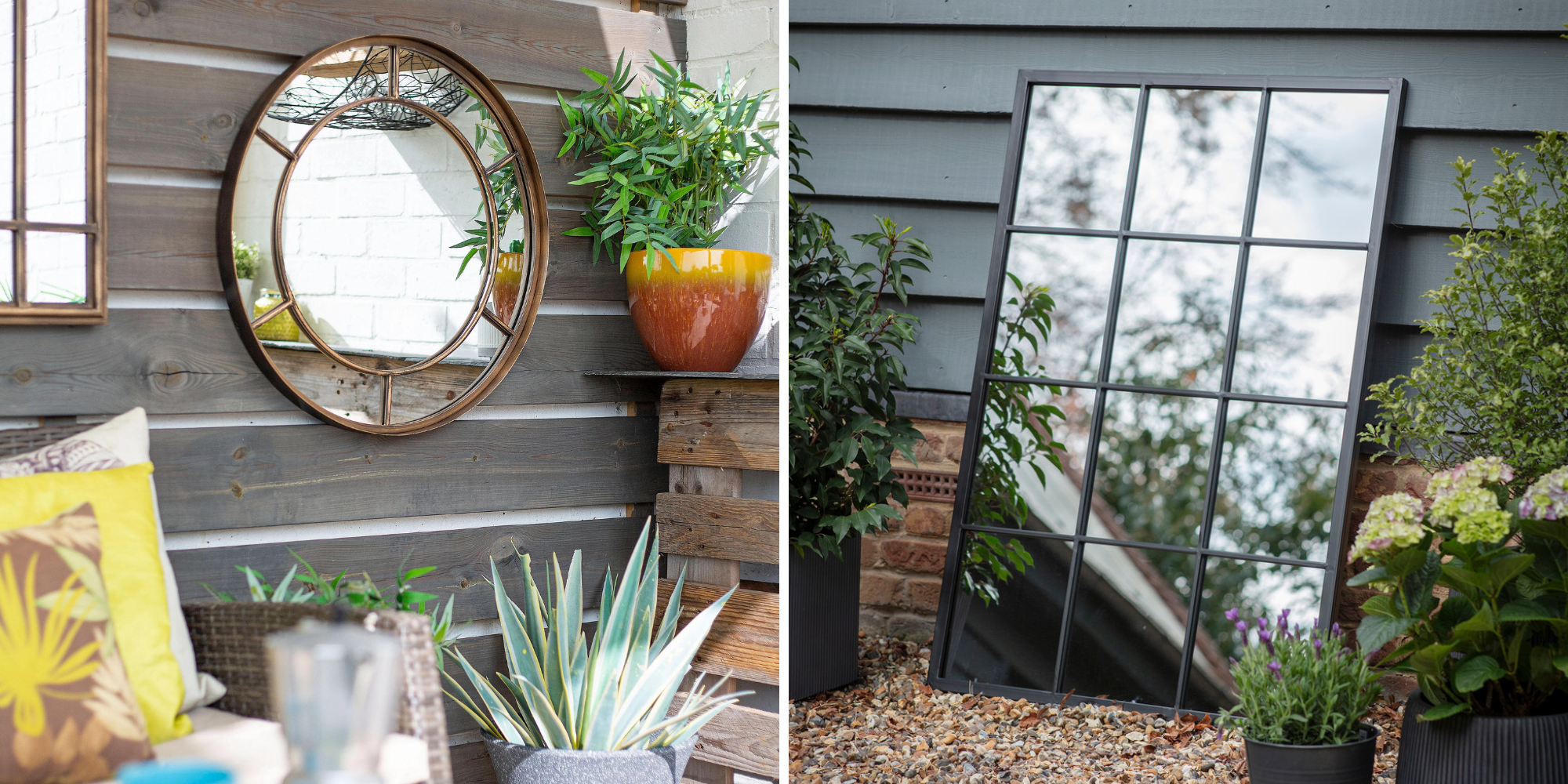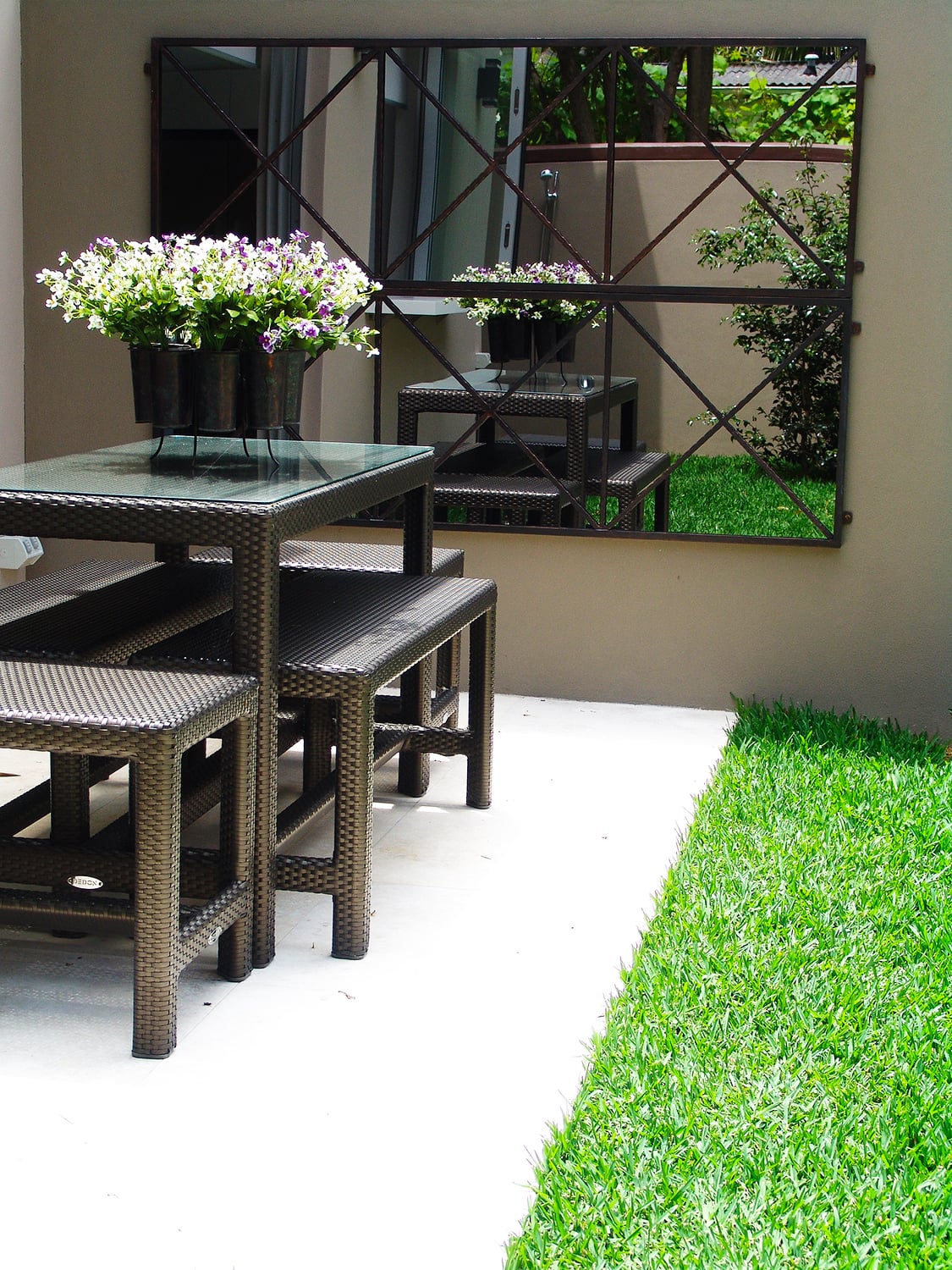Outdoor decorative mirrors are more than just functional items; they are a captivating way to enhance the aesthetic of your outdoor spaces. Whether you’re sprucing up a garden, patio, or balcony, these mirrors can create a sense of depth and elegance. In this comprehensive guide, we’ll explore the types, benefits, installation tips, and much more about outdoor decorative mirrors.
Why Choose Outdoor Decorative Mirrors?
Using mirrors in outdoor settings can completely transform your environment. They not only serve as decorative elements but also offer practical benefits. Here are a few reasons why you should consider adding them to your outdoor space:
- Expand Visual Space: Mirrors reflect light and images, making even small areas appear larger.
- Enhance Lighting: They can amplify natural light, making your space feel brighter and more inviting.
- Add Artistic Flair: Available in various styles, mirrors can complement any décor theme.
- Increase Privacy: Strategically placed mirrors can create visual barriers, enhancing the feeling of seclusion.
Types of Outdoor Decorative Mirrors
When it comes to outdoor mirrors, the options are endless. Knowing the different types can help you select the perfect one for your needs. Here are some popular categories:
1. Traditional Mirrors
These mirrors typically feature classic designs with ornate frames and can bring a touch of elegance to any garden or patio.
2. Modern Mirrors
For those who prefer minimalism, modern mirrors often boast sleek designs that fit perfectly in contemporary settings.
3. Vintage Mirrors
Vintage-style mirrors can provide a nostalgic feel, especially when placed amongst rustic furniture or antique decorations.

4. Decorative Garden Mirrors
These are specifically designed for outdoor use and often feature weather-resistant materials. They come in artistic shapes and can be a beautiful focal point in any garden.
5. Functional Mirrors
These mirrors serve a dual purpose. For example, some can act as reflective planters or art pieces while also functioning as a mirror.

Materials Used in Outdoor Mirrors
Outdoor decorative mirrors are made from various materials, each with its own benefits:
1. Glass
Traditional mirrors use glass but may not be suitable for extreme outdoor conditions.

2. Acrylic
Acrylic mirrors are lightweight and shatter-resistant, making them ideal for outdoor use.
3. Metal
Metal mirrors typically feature artistic designs and are often treated to withstand outdoor elements.

How to Choose the Right Outdoor Mirror?
Selecting the right outdoor mirror involves considering several factors:
1. Size
Choose a size that complements your space. Larger mirrors can become focal points, while smaller ones can accentuate specific areas.
2. Style
Consider the overall theme of your outdoor décor. Your mirror should harmonize with existing furniture and landscaping.

3. Location
Placement is crucial. Ensure the mirror reflects something beautiful, like flowers or a garden pathway.
4. Durability
Look for materials designed to withstand outdoor conditions, such as UV-resistant coatings or rust-proof frames.

Installation Tips for Outdoor Mirrors
Installing outdoor mirrors can be a fun DIY project. Here are some tips to ensure a successful installation:
1. Choose the Right Location
Select a location that receives adequate light but is not directly exposed to harsh weather conditions.

2. Use Appropriate Hardware
Make sure to use outdoor-rated screws and brackets to secure your mirror adequately.
3. Ensure Stability
If mounting, check that the wall surface is solid and can support the weight of the mirror. For freestanding mirrors, ensure they are placed on stable ground.
4. Clean Before Installation
Wipe down both the mirror and the installation spot to avoid any debris that could scratch the surface.
Maintaining Your Outdoor Decorative Mirrors
Regular maintenance will help prolong the life of your outdoor mirrors. Here are some tips:
1. Regular Cleaning
Use a soft cloth and a gentle glass cleaner to wipe down your mirrors regularly to avoid buildup of dirt and grime.
2. Seasonal Checks
Inspect mirrors every season for signs of wear or damage. Make necessary repairs promptly to prevent further deterioration.
3. Protecting from Extreme Weather
If you live in an area with harsh winters or severe storms, consider taking down or covering your mirrors during extreme weather.
Pros and Cons of Outdoor Decorative Mirrors
| Pros | Cons |
|---|---|
| Adds visual depth | May require careful placement to avoid glare |
| Enhances natural light | Can be prone to weather damage if not maintained |
| Variety of designs | Installation can be challenging for some styles |
| Improves aesthetic appeal | Needs regular cleaning to stay clear and beautiful |
Outdoor Mirror Ideas to Enhance Your Space
Now that you are familiar with outdoor mirrors, let’s look at some creative ideas for incorporating them into your outdoor spaces:
1. Garden Pathway Mirrors
Place small mirrors along garden pathways to create an illusion of a longer path and enhance the surrounding greenery.
2. Mirrored Flower Beds
Use mirrors as backdrop for flower beds to reflect the blooms and create a stunning visual effect.
3. Poolside Elegance
Install larger mirrors near pool areas to add a touch of glamour while reflecting beautiful scenery.
4. Patio Focal Points
Use a striking ornate mirror on your patio wall to create a stunning focal point that invites conversation.
FAQs about Outdoor Decorative Mirrors
1. Are outdoor mirrors weatherproof?
Not all outdoor mirrors are created equal. Look for mirrors made with materials designed to withstand harsh weather conditions, such as acrylic or specially coated glass.
2. How can I hang an outdoor mirror securely?
Use heavy-duty outdoor hardware, including bolts and brackets. Ensure they are rated for outdoor use to prevent rusting or deterioration.
3. Can I use indoor mirrors outside?
Indoor mirrors are usually not designed for outdoor use and can be damaged by moisture and temperature changes. It’s advisable to use mirrors specifically made for outdoor settings.
4. How do I clean outdoor mirrors?
For regular cleaning, use a soft cloth and a gentle, non-abrasive glass cleaner. Avoid harsh chemicals that can damage any protective coatings.
5. Where should I place outdoor mirrors?
Consider areas that reflect beautiful views or landscapes, such as gardens or patios. Avoid direct sunlight that could cause glare and focus on areas that benefit from additional light.
Conclusion
Outdoor decorative mirrors can transform your space into a beautiful, inviting area. By understanding the types, benefits, and maintenance needs, you can choose the right mirror that reflects your style while enhancing your outdoor environment. Don’t hesitate to experiment with placement and designs to find the perfect look for your home!